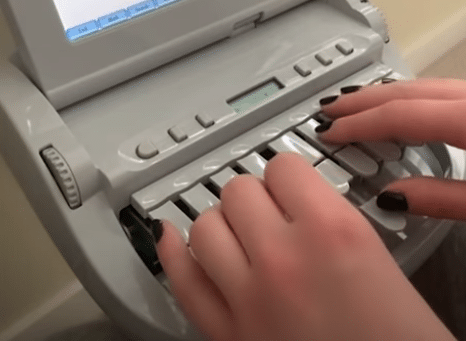Court Scribes Explains What Those Court Reporters Are Typing On

What’s that thing court reporters are always typing on? This is a question that CourtScribes gets asked all the time. Well, that thing is called a stenotype machine. It’s also used for captioning television broadcasts as well. The stenotype works a bit like a portable word processor. It has a 22-button keyboard in place of the […]
What are Those Court Reporters Typing On

What’s that thing court reporters are always typing on? This is a question that CourtScribes gets asked all the time. Well, that thing is called a stenotype machine. It’s also used for captioning television broadcasts as well. The stenotype works a bit like a portable word processor. It has a 22-button keyboard in place of the […]
Canadian Stenography Student Becomes TikTok Star

Stenography is getting a popularity boost thanks to a series of how-to videos posted by a female Edmonton, Alberta, Canada student. Isabelle Lumsden, who is taking a stenography course at the Northern Alberta Institute of Technology, featured her stenotype “steno” machine in a video that she posted on the social media app TikTok in September, […]
